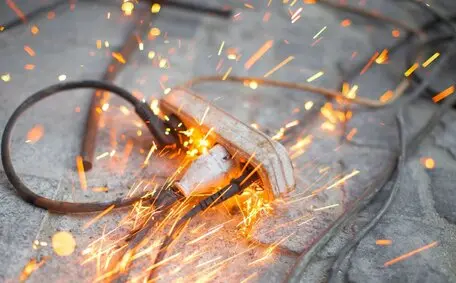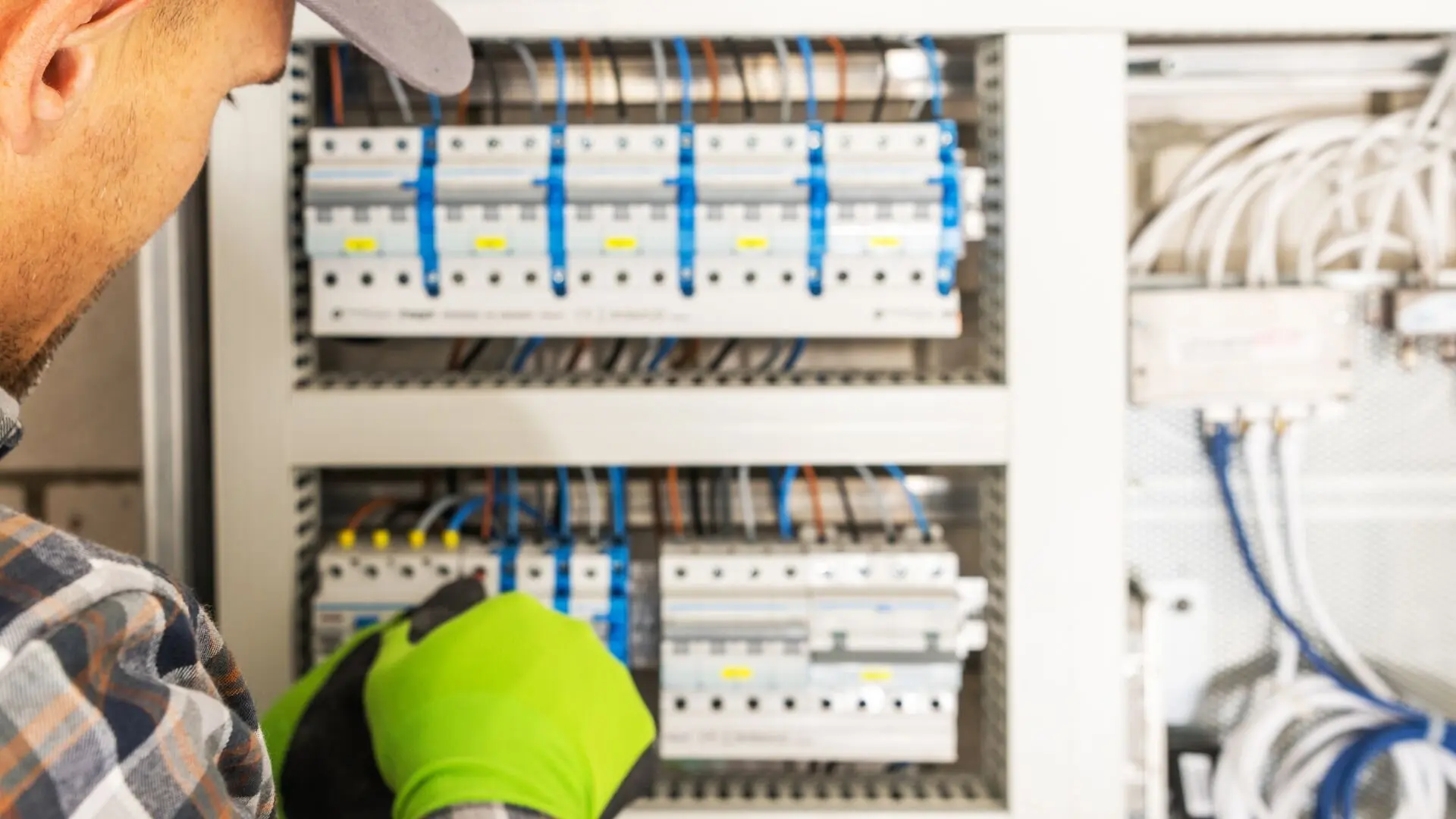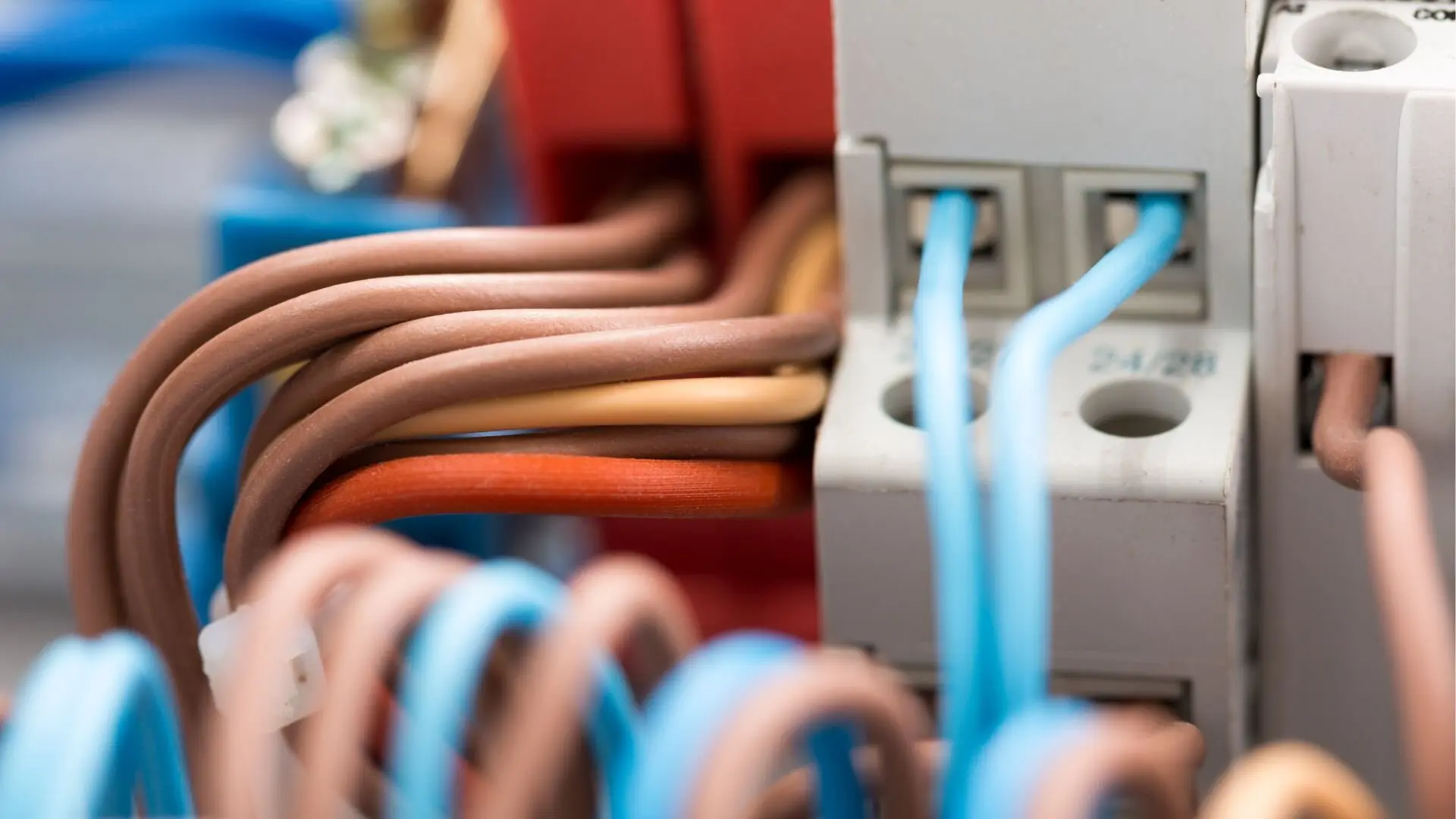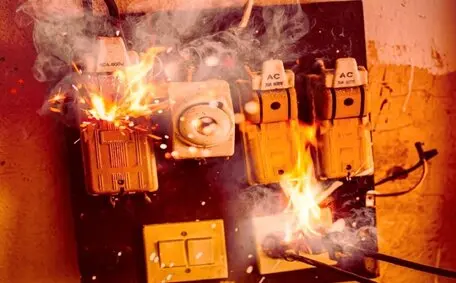Electrical issues are more than just inconveniences—they can seriously threaten the safety of both residential and commercial properties. It’s vital for property owners to stay ahead of issues like faulty wiring, overloaded circuits, malfunctioning switches, or outdated electrical panels. Common electrical problems can escalate, leading to electrical fires, shocks, or damaged appliances. By addressing these hazards early, you can avoid hefty repair bills and protect the well-being of everyone in the building.
In this article, we’ll shed light on typical electrical defects you might face at home or in your business. By getting to grips with the risks and spotting early warning signs, you can proactively enhance the safety and performance of your electrical systems. We’ll dive into causes, symptoms, and solutions for different electrical challenges, helping you stay informed and make smart choices for maintaining and updating your electrical setup.
Most Common Defects In Residential Buildings
Faulty Wiring
![2024 03 Faulty Switchboard Defect Faulty Switchboard Defect]()
Faulty wiring is one of the most common electrical problems encountered in residential and commercial properties. This issue can arise due to various factors, such as age, wear and tear, improper installation, or damaged power lines caused by pests or environmental conditions. Faulty wiring can manifest in several ways, including exposed or frayed wires, loose connections, or not meeting current electrical codes and standards.
The potential risks of faulty wiring are severe and should not be overlooked. Electrical fires are a primary concern, as incorrect wiring can generate excessive heat, igniting surrounding materials. Additionally, individuals coming into contact with exposed or damaged wires can experience electrical shocks or electrocution, which can cause serious injuries or even fatalities.
Several signs can indicate the presence of faulty wiring in a property. Flickering or dimming lights, burning odours emanating from outlets or switches, and discolouration or charring around electrical outlets are all potential indicators of wiring issues. Other warning signs include circuit breaker trips, buzzing or sizzling sounds from outlets, and inconsistent electrical performance of appliances or electrical devices.
Addressing faulty wiring promptly is crucial to ensure the safety and integrity of a property’s electrical system. Ignoring these issues can lead to more complex electrical problems, increased risk of electrical fires, and potential damage to connected appliances or electronics. Suppose you suspect faulty wiring in your property. In that case, it is essential to contact a licensed electrician who can assess the situation, identify the root cause, and implement the necessary repairs or replacements to restore the safety and reliability of your electrical system.
Overloaded Circuits
![2024 03 Electrical Defects Circuit Breaker Electrical Defects Circuit Breaker]()
Overloaded circuits happen when electrical demand outstrips what a circuit can handle, usually because several high-wattage appliances are running at once. Contributing factors include improper wiring and outdated panels.
Overloaded circuits pose significant risks, including electrical fires caused by excessive heat melting wire insulation and igniting nearby materials. Connected appliances and electronics may also suffer damage, leading to costly repairs or replacements.
Signs of an overloaded circuit include a rapidly tripping circuit breaker or blown fuses, dimming or flickering lights, buzzing sounds from outlets or switches, and electrical appliances with insufficient power or inconsistent operation.
To keep circuit breakers from getting overloaded, spread out the electrical load across several circuits and avoid using too many high-wattage appliances at once. It’s also smart to upgrade any outdated panels and wiring. Don’t overuse extension cords and power strips; they should be rated for the load and used sparingly.
Think you might have an overloaded circuit? It’s a good idea to get a licensed electrician to check it out. They can suggest fixes like adding new circuits, upgrading your panel, or redistributing loads to make your system safer and more efficient.
Outdated or Non-Compliant Electrical Installations
![2024 03 Testing For Electrical Defect Testing Electrical Defect]()
Older properties often grapple with outdated or non-compliant electrical installations, which pose real dangers. These systems might not meet today’s safety standards, making them a potential hazard. Such installations could lead to increased risks of electrical fires because of overheating from inadequate wiring not suited to current appliances. Moreover, electrocution can become a worry as outdated systems might lack proper grounding or insulation, raising the risk of electrical shocks.
Common examples of outdated installations include knob-and-tube and aluminium wiring, which can degrade over time, causing loose connections and overheating. Other issues may involve outdated electrical panels, the absence of GFCIs and AFCIs, and insufficient protection against electrical surges.
Updating electrical installations to current safety standards is crucial. A professional electrician can assess the existing wiring and components, identify potential electrical hazards, and develop a plan to upgrade the system. This may include replacing lousy wiring, installing new devices, upgrading the electrical panel, and ensuring proper grounding and surge protection.
Malfunctioning Switches and Outlets
Malfunctioning switches and outlets are common electrical issues threatening property and personal safety. These problems can be caused by loose connections, worn-out components, or damage due to age or improper installation.
The primary risks associated with malfunctioning switches and outlets include electrical shocks from loose or exposed wiring and electrical fires caused by sparks or excessive heat. Signs of a malfunctioning switch or outlet include visible sparks, unusual sounds, loose outlets, inconsistent electrical performance of connected devices or light bulbs, and dead outlets or a tripped circuit breaker.
Properly addressing malfunctioning switches and outlets is crucial for maintaining safe and reliable electrical systems. Ignoring these issues can lead to more severe electrical problems and potential damage to connected devices. If you suspect a malfunctioning switch or outlet, contact a licensed electrician to assess the situation and perform necessary repairs or replacements.
Ensure Electrical Safety With Professionals
We have explored the most common electrical defects, including faulty wiring, overloaded circuits, outdated installations, and malfunctioning switches and outlets. These issues can lead to serious risks like electrical fires, electric shock, and appliance damage. Identifying and addressing these defects promptly is crucial for maintaining the safety and integrity of your property’s electrical system.
If you suspect any electrical problem in your home or business, it is essential to seek professional help from licensed electricians. Attempting to resolve these issues alone can be dangerous and may lead to further damage or safety hazards. A reputable electrical service provider like Bright Force Electrical can assess your property’s electrical system, identify a potential electrical issue, and provide effective electrical solutions tailored to your needs.
Don’t let electrical defects put your property and loved ones at risk. Contact Bright Force Electrical today to schedule an inspection and ensure the safety and reliability of your electrical system. Our experienced professionals are dedicated to delivering high-quality electrical work and exceptional customer service, giving you peace of mind knowing that your property is protected from electrical hazards.











